 Remote Work
Remote Work
 Remote Work
Remote Work
 Remote Work
Remote Work
 Remote Work
Remote Work
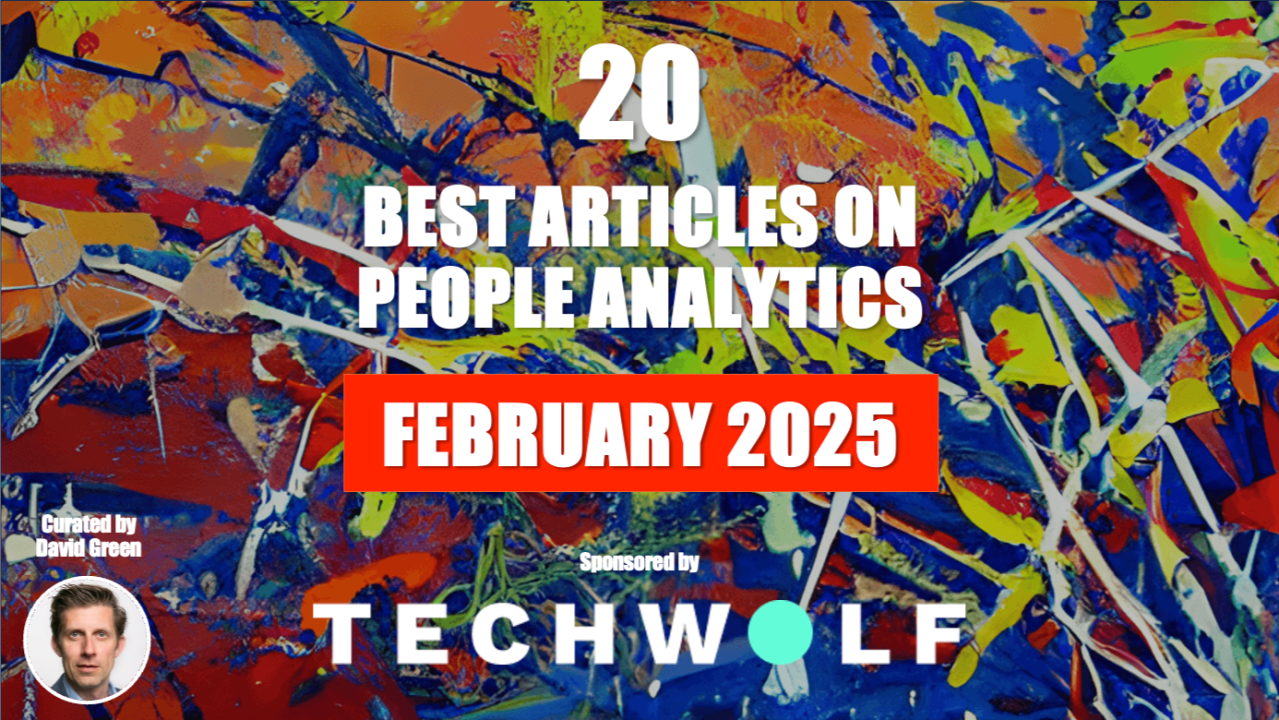 Remote Work
Remote Work
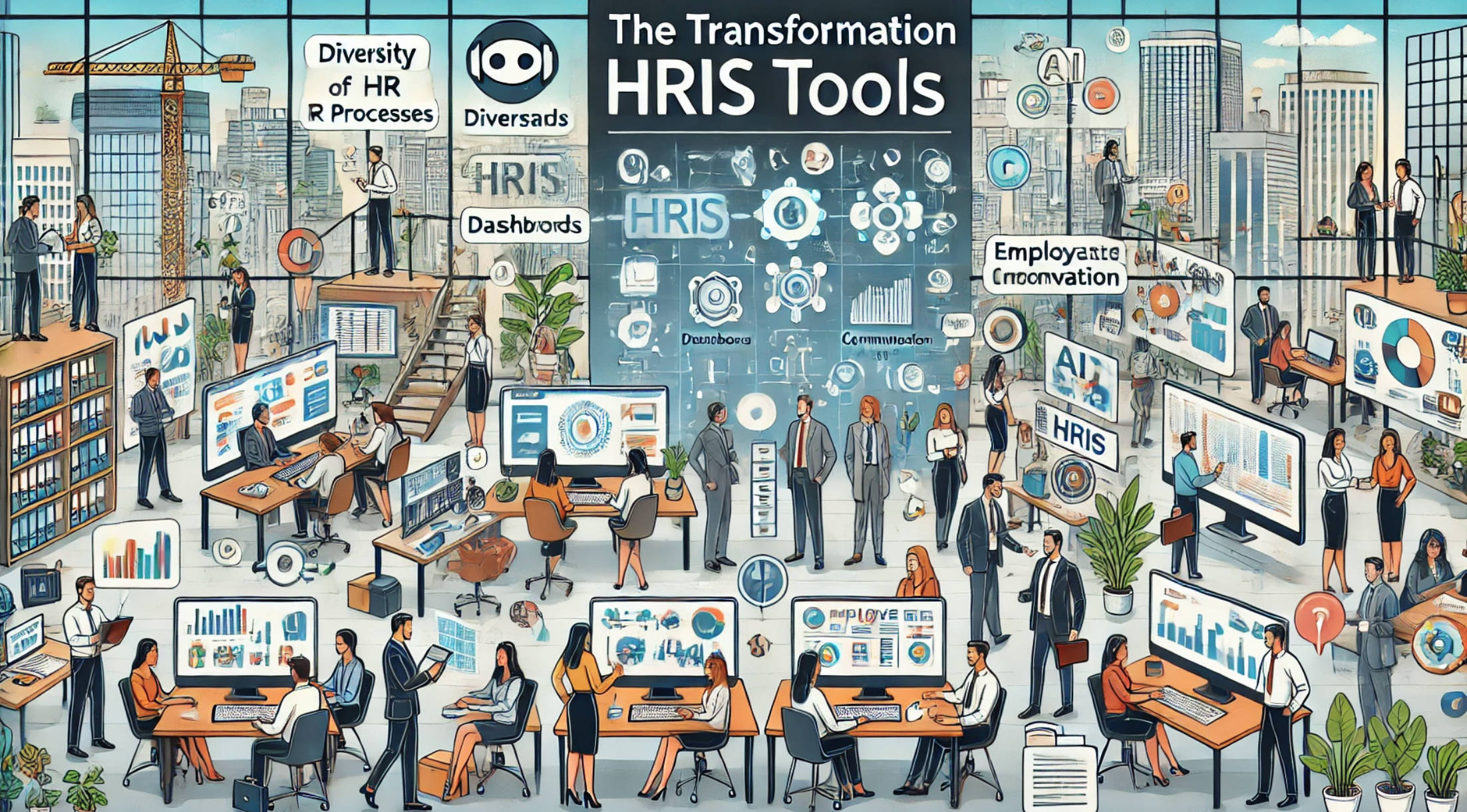 Remote Work
Remote Work
 Remote Work
Remote Work
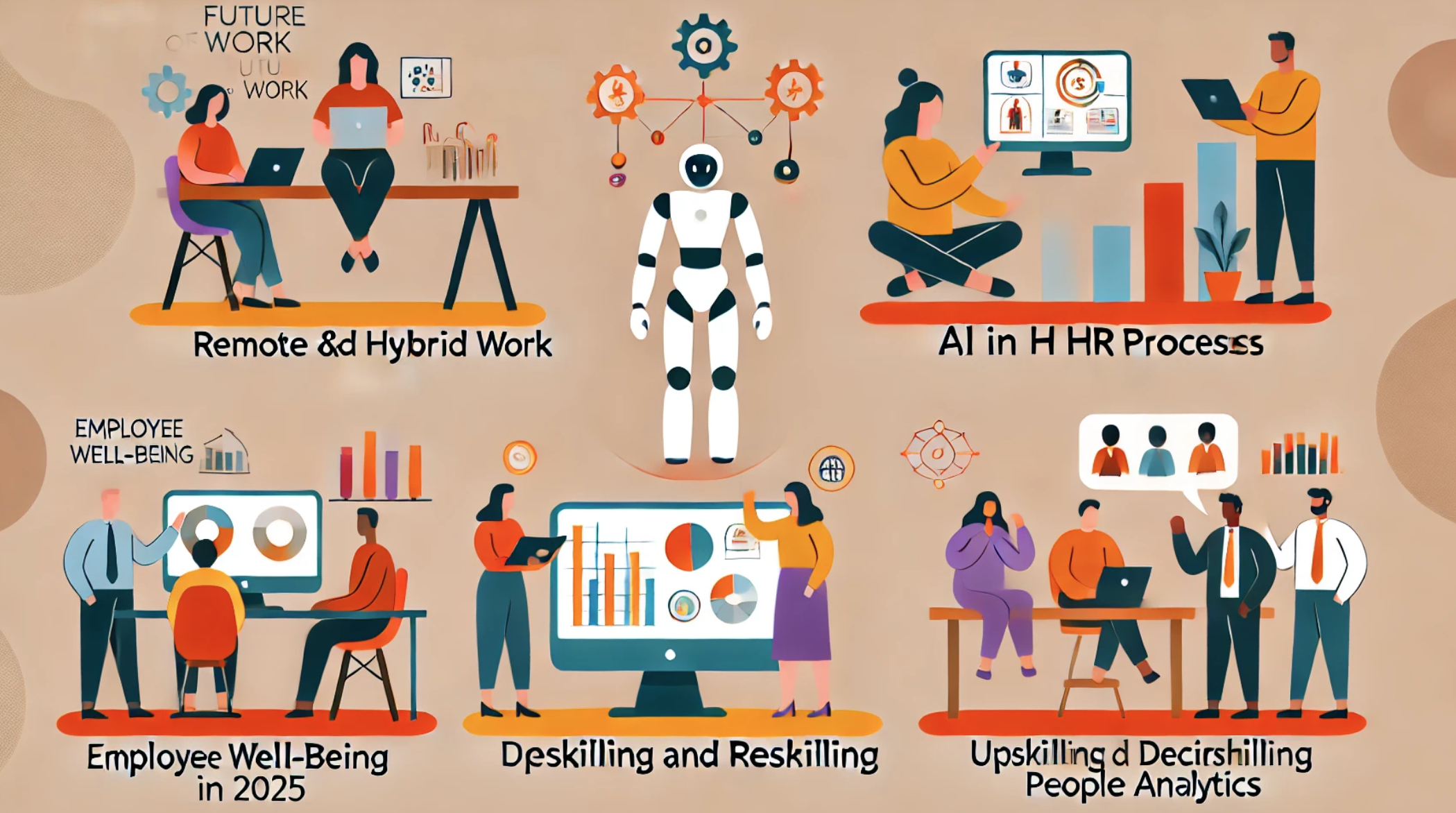 Remote Work
Remote Work
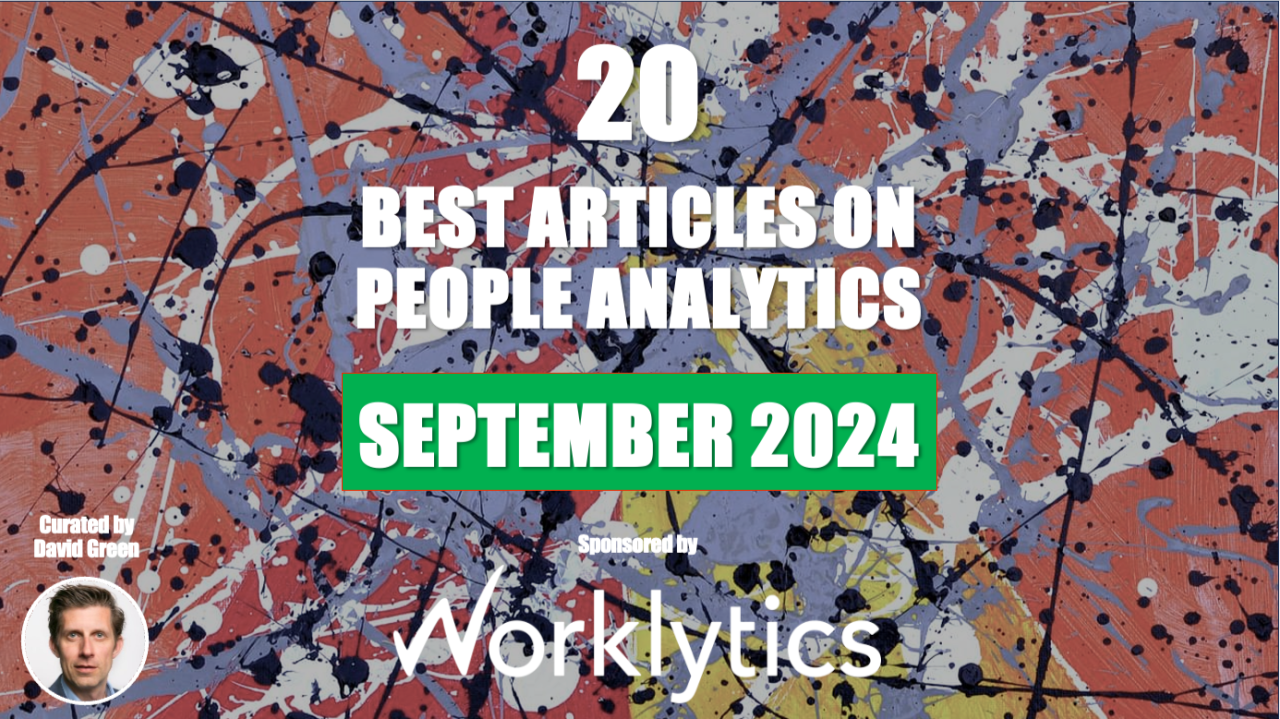 Remote Work
Remote Work
 Remote Work
Remote Work

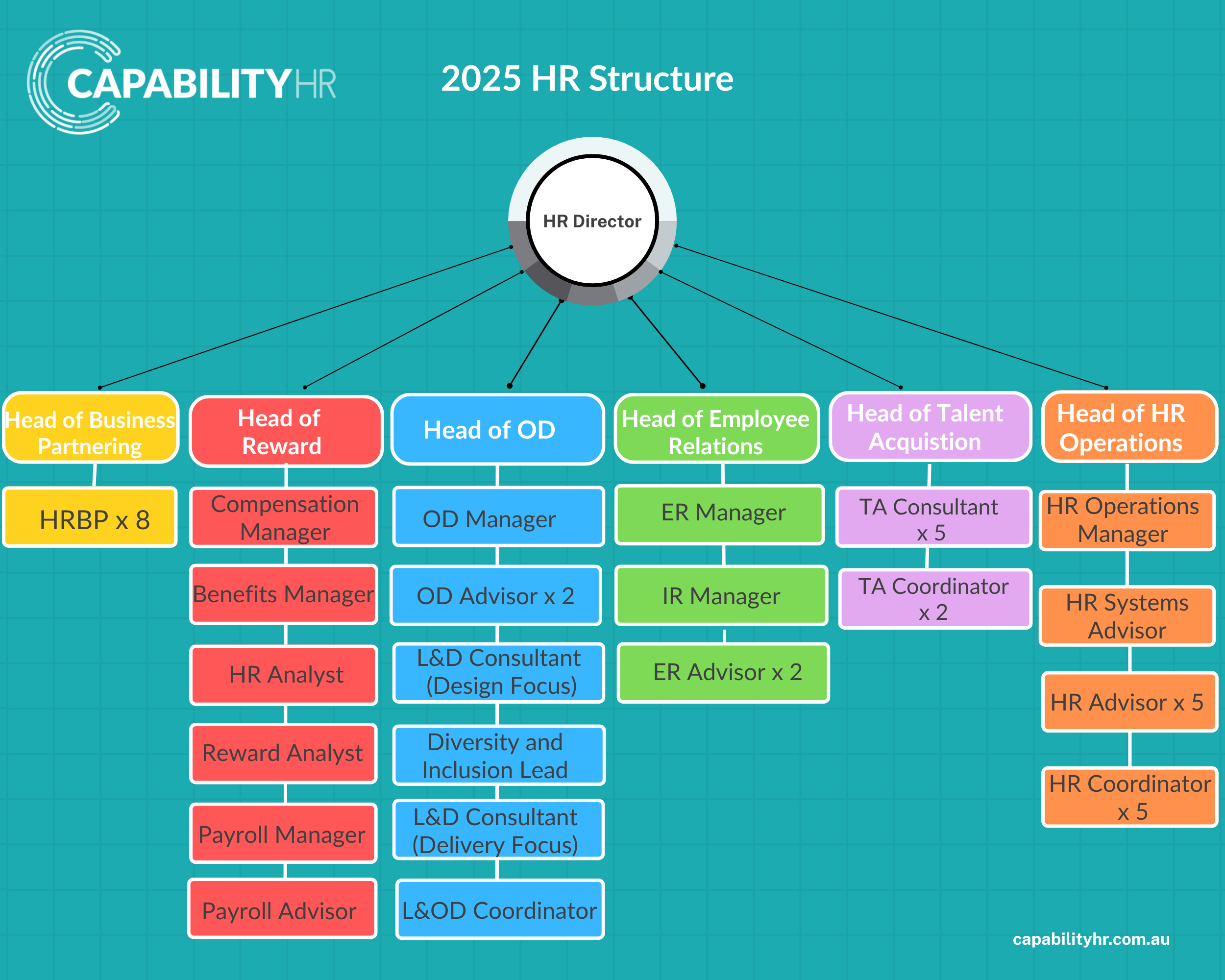



 扫一扫
添加客服
扫一扫
添加客服




